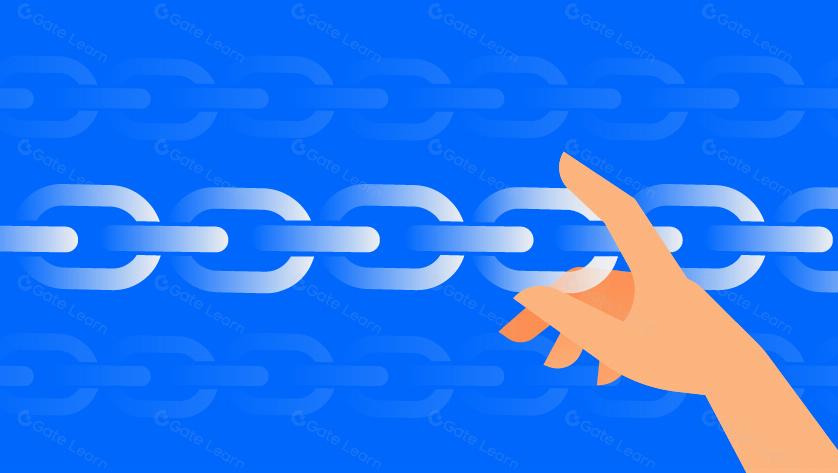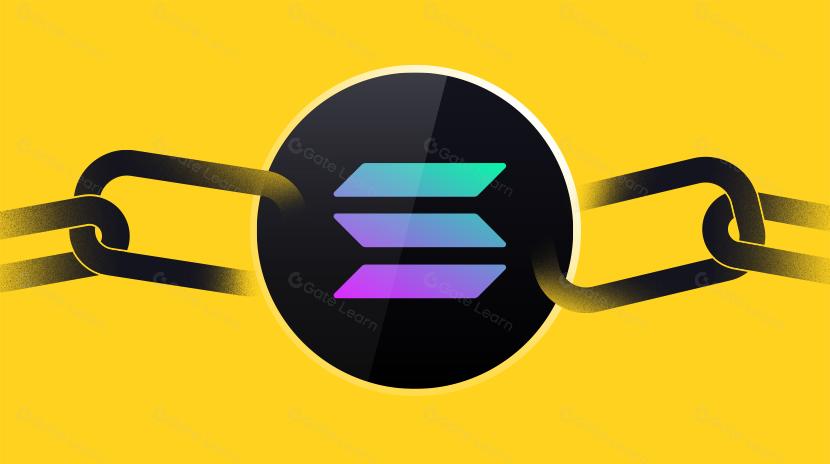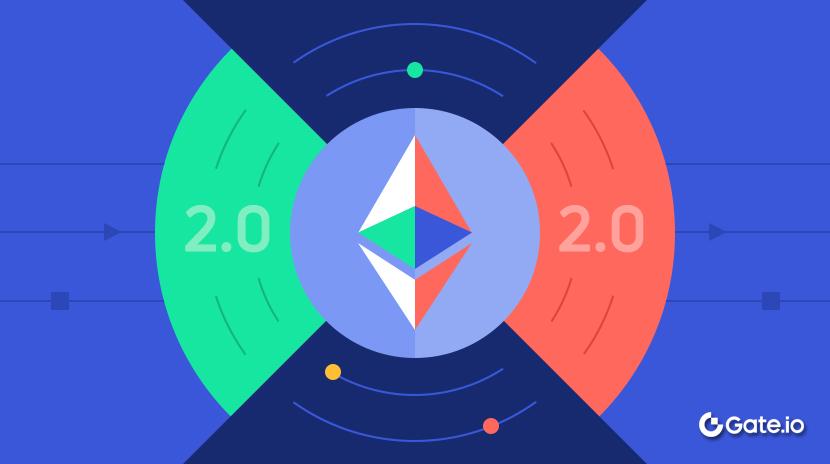Beyond Raw Performance: The New EVM Chain Wars
Forward the Original Title‘Battle of the EVM Chains: Who’s Winning the Giga Gas War?’
The blockchain space has entered a new competitive frontier. Early L1 & L2 battles centered on decentralization, composability, and security.
Today, the battleground has shifted to raw performance. Several EVM-compatible chains including Sonic, MegaETH, Fuel, Monad & Sei are racing toward scalability heights once considered impossible. Will raw performance alone determine the winner? This analysis explores what strategically sets these chains apart.
The full report dives much deeper. Here’s the full breakdown.

Sonic: Aligning Revenue with Developer Impact
@SonicLabs (Formerly Fantom) has strategically repositioned itself, emphasizing developer incentives rather than mere throughput. One innovation, Fee Monetization (FeeM), offers developers up to 90% of transaction fees generated by their apps with the remaining 10% going to validators.

This is already transforming Sonic’s ecosystem. For instance, @ShadowOnSonic quickly rose to become the Top 4 Dex by weekly revenue, surpassing expectations at this stage of Sonic’s growth.
Along with this, the Sonic team understands the importance of attracting users through incentives. Sonic’s incentive program airdrops a portion of tokens to protocol users through using DeFi apps on Sonic as well as holding whitelisted assets.
This multi-pronged approach has been a success so far. TVL has grown to a recent ATH of $962M.
Competitive Advantages:
- Direct economic incentives ensure developer loyalty.
- Sticky application ecosystems driven by strong financial returns.
- Proven early effectiveness through adoption metrics.
Trade-Offs:
- Decentralization is still modest in the early stages (Around 35-40 validators currently).
- Needs sustained momentum and credibility following Fantom’s earlier brand challenges.
MegaETH: Where Raw Speed Meets Good UX
@megaeth_labs testnet numbers have by far been the most “performant” in terms of giga gas/s with 0.1ms block times. Dropping consensus as an L2 is one of the main factors that allows them to reach these numbers.
But MegaETH’s strategy extends beyond raw numbers. MegaETH has also extended experimental support to EIP-7702, enabling advanced UX improvements such as transaction batching and gas abstraction.
Historically, token approvals have cost Ethereum users over $300 million in lost funds since 2020. MegaETH significantly reduces friction and improves user experience with this adoption.

Additionally, MegaETH has prioritized community alignment by offering public token allocations at accessible valuations which heavily contrasts with VC-driven fundraising strategies. While the team raised $20M from VCs in June 2024, MegaETH raised $10M within 3 mins on @echodotxyz at a $200M valuation and followed that up with an NFT raise worth ETH 10,000 ($27M at that time) at a $600M valuation.
Competitive Advantages:
- Technical leadership with unprecedented testnet results.
- First-mover on UX advancements (EIP-7702).
- Strong community support via fair token distribution.
Trade-Offs:
- Reliance on EigenDA (alternative data availability layer).
- Ambitious performance claims that must withstand real-world validation.
Monad: Ecosystem First
@monad_xyz hasn’t launched mainnet yet, but it has already secured a strong network of ecosystem partnerships, positioning itself to enter the market with a complete infrastructure.
By prioritizing ecosystem readiness, Monad is aiming for immediate liquidity, user acquisition, and seamless developer experience upon launch—a substantial advantage given how crowded the blockchain landscape is today.

Collaborations include:
- Phantom Wallet integration from day one.
- Top-tier DeFi protocols such as Uniswap, Balancer, and Ambient Finance.
- Cross-chain infrastructure from LayerZero, Wormhole, and Orbiter.
Competitive Advantages:
- Ready-made ecosystem ensures immediate adoption potential.
- High-quality infrastructure and liquidity pathways available from launch.
Trade-Offs:
- Early momentum must translate quickly into sustained user and developer traction.
Sei: Dev-Centric Vision
@SeiNetwork is heavily betting on its developer-focused ecosystem. It has achieved significant scalability internally by extensively optimizing consensus and storage layers. Additionally, Sei deploys capital and incentives toward early-stage developers and projects. However, adoption has yet to match technical ambition. Sei’s ecosystem currently lacks standout applications or significant user traction relative to its competitors. Its near-term challenge is translating technical potential into tangible ecosystem success.
Competitive Advantages:
- Strong technical foundation with proven scalability targets.
- Focused builder grants and dedicated developer support.
Trade-Offs:
- Minimal real-world adoption and low initial traction.
- Needs flagship applications to establish a compelling ecosystem narrative.
Fuel: Breaking Away from Ethereum’s Limits
@fuel_network upcoming alt-DA L2, “Redacted,” breaks away from Ethereum’s constrained DA layer to achieve aggressive throughput targets (150k TPS), signaling a shift in strategy from Ethereum alignment to scalability.

Conclusion: Beyond Throughput—Who Truly Wins?

We’re yet to see how the market will value these tokens, but we’re at a point of saturation with L2s and L1s. Valuations may trend downwards as they compete with each other for liquidity, applications, developers, and users.
When giga-scale gas becomes commonplace, the winners will be chains offering something more valuable such as speed, incentives, experience, ecosystem readiness, and security guarantees. The giga gas war is intensifying—but the true winners will be defined by much more than raw throughput.
Disclaimer:
- This article is reprinted from [Delphi Digital]. Forward the Original Title‘Battle of the EVM Chains: Who’s Winning the Giga Gas War?’. All copyrights belong to the original author [Delphi Digital]. If there are objections to this reprint, please contact the Gate Learn team, and they will handle it promptly.
- Liability Disclaimer: The views and opinions expressed in this article are solely those of the author and do not constitute any investment advice.
- The Gate Learn team does translations of the article into other languages. Copying, distributing, or plagiarizing the translated articles is prohibited unless mentioned.
Related Articles

The Future of Cross-Chain Bridges: Full-Chain Interoperability Becomes Inevitable, Liquidity Bridges Will Decline

Solana Need L2s And Appchains?

Sui: How are users leveraging its speed, security, & scalability?

Navigating the Zero Knowledge Landscape

What is Tronscan and How Can You Use it in 2025?


